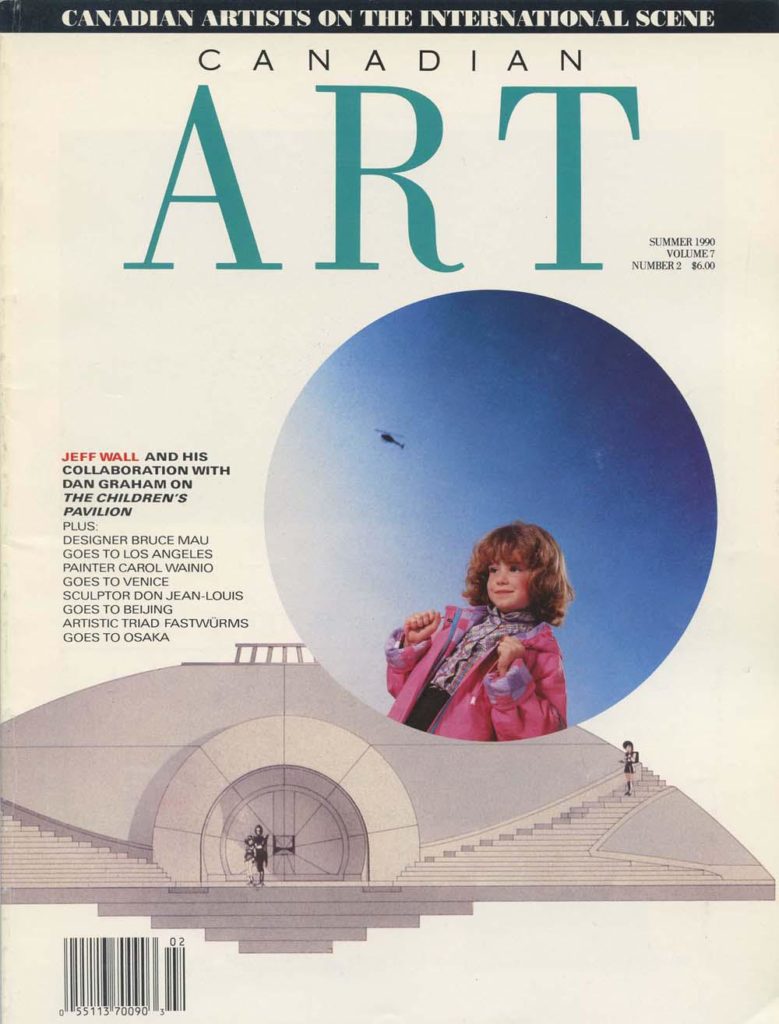“Children are the hope of the future” is an aphorism employed, even exploited, by Madison Avenue advertisers—Benetton comes to mind as the worst offender—to sell products by promoting a politically correct, benign image. Regardless of the motivation, this focus on children reflects and increasing global and cross-disciplinary need to address the care, the education and the protection of our youth at a time of economic, political and social upheaval.
The regard for family values and the preservation of an environment conducive to raising children are not familiar topics on contemporary art discourse. Other than Group Material’s Democracy project, presented at the Dia Art Foundation in New York in 1988, which featured a section on public education, the nurturing of our young has received little attention. While our system is crumbling at its very roots—the streets are filled with homeless families, schools have become battlegrounds, babies are born with AIDS and children are selling crack—the seeming numbness of the art world is troubling but not entirely unexpected.
Canadian artist Jeff Wall and American Dan Graham’s collaborative project The Children’s Pavilion (1988–89) is a significant exception to this apathy. While not a blazing example of social reform, the Pavilion nevertheless provides a resonant note in an otherwise nonexistent discourse. It is a “model building,” as Jeff Wall puts it, a “hypothetical structure” designed to raise consciousness about the present situation and to promote speculation about future possibilities.
So begins our Summer 1990 cover story. To keep reading, view a PDF of the entire article.









